The moose is the world's largest species of deer. A bull can weigh well over 550 kg (1200 lbs.), which is as much as several humans. This size has its advantages. Outside of a full-grown grizzly or determined pack of wolves, not many animals have the ability to overpower an adult moose.
Despite their mighty frame, moose don't exactly make a habit of public appearances. You won't find one cutting the ribbon at the opening of your local shopping mall (perhaps that's because they lack the ability to use scissors, but you get the point). They are reclusive animals that historically make a habit of sticking close to forests and mountainous areas, which boast plenty of shelter and food.
Let's hit the prairie, dog
Moose usually stick very close to mountains and forests...but they're wandering further out all the time. (Getty Embed)
Historically, we say, because more and more moose are on the loose. Scientists are finding them in open prairie areas that were once just the domain of fleet-footed cousins like the pronghorn. Where these swift animals can just outrun predators, moose preferred the safety of trees. (Why fight if you can just hide?)
But the prairies aren't what they used to be. In many areas, wolves and bears, as well as other competing herbivores (such as bison), are either gone or found in very small numbers. Meanwhile, the prairies are loaded with spilled grains from the harvest. There is also a lower presence of humans than in the past—thanks to more people moving to cities, and technology that allows fewer farmers to manage larger plots of land themselves.
"[The moose are] very opportunistic," biologist Chris Fisher told CBC recently. "For an animal that is used to eating splintered wood most of the winter, all this spilled grain and canola is like a Michelin five-star restaurant. It's a great banquet for them."
Uh, no really, you first
Guess who's coming over for dinner? (Getty Embed)
It's not quite time to call moose a prairie-based species—they are only just beginning this new migration from boreal (mountain) forests to the plains. So far, they prefer fields that are closest to mountains. But it is becoming more and more common. Moose are even being sighted in cities, such as Calgary (which is very close to the base of the Rocky Mountains).
This picture of a moose wandering across a transit bridge in the city is proof that you really never do know what you'll run into walking around town.
Morning #CTRiders! Look who came to visit us at our Tuscany Station this morning! #HappyWorldAnimalDay pic.twitter.com/EWSdUQ7vEo
— Calgary Transit (@calgarytransit) October 4, 2017
By the way, if this is ever you, keep your distance. Moose are likely to shy away from the people they encounter, but better safe than sorry!
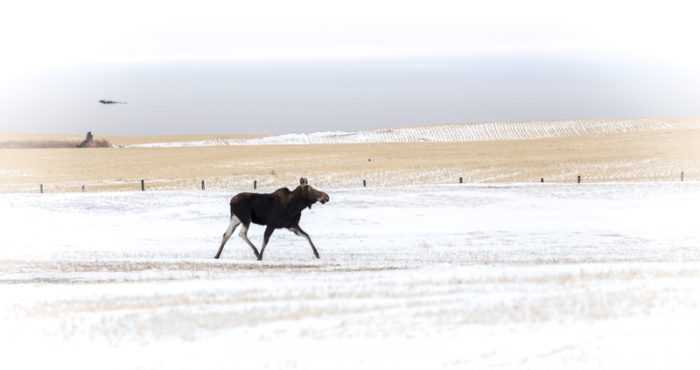 Moose are venturing into farmers fields where leftover grains can be a great food source. (Mypalvic | Dreamstime.com)
Moose are venturing into farmers fields where leftover grains can be a great food source. (Mypalvic | Dreamstime.com)
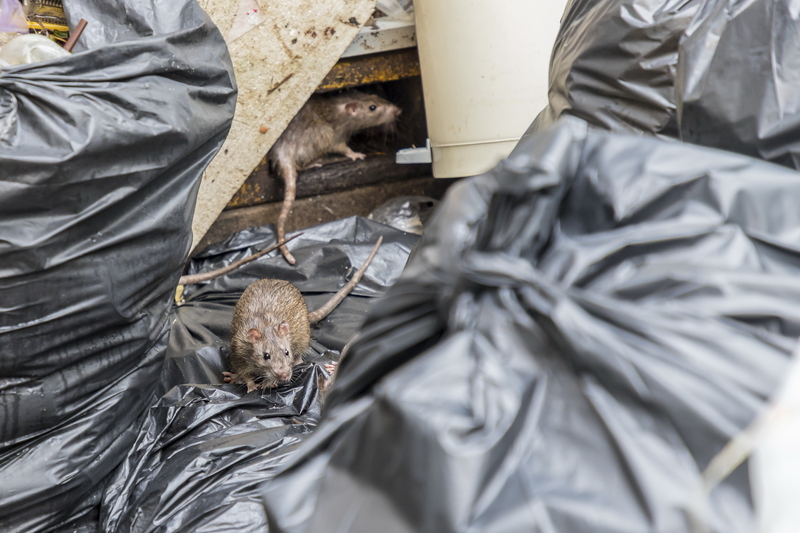


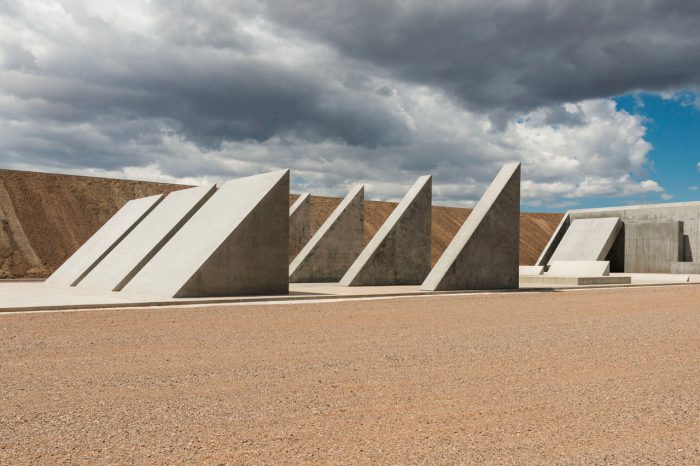
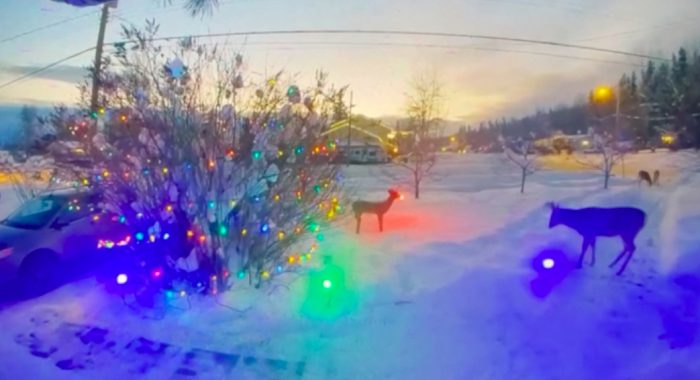
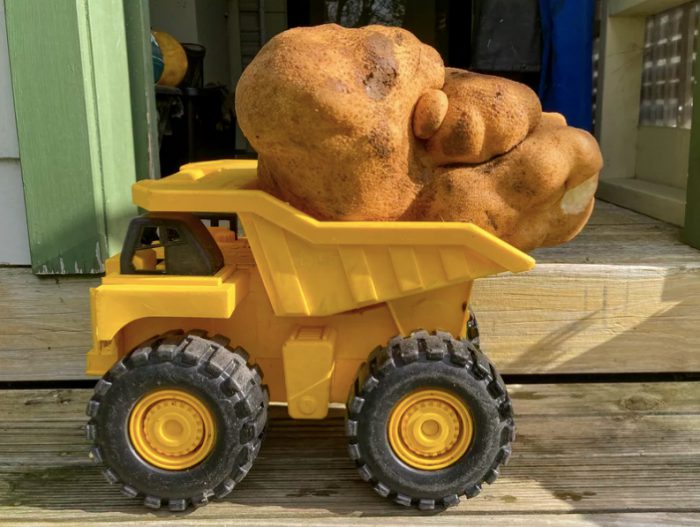



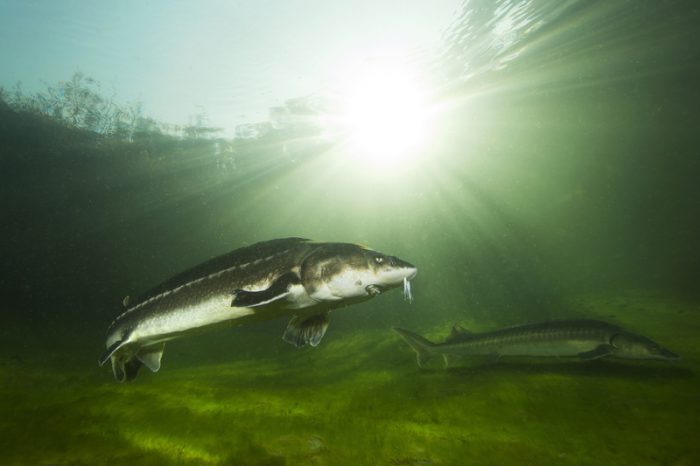
LOL 🙄
W8, like Saskatchewan or…. ???
The moose is lost in the night. The moose are walking on the bridge because it’s dangerous.
The moose is on the preres. The moose is big and strong. I like the big antlers on the moose. I think the moose are smart to move to the prairies.